By Michael Wilmington and Film Noir Blonde
The Noir File is FNB’s weekly guide to classic film noir, neo-noir and pre-noir on cable TV. All the movies below are from the current schedule of Turner Classic Movies (TCM), which broadcasts them uncut and uninterrupted. The times are Eastern Standard and (Pacific Standard).
PICK OF THE WEEK
“The Maltese Falcon” (1941, John Huston) Wednesday, Nov. 14, 8 p.m. (5 p.m.)
Dashiell Hammett’s supreme hard-boiled detective novel, with Humphrey Bogart as private eye Sam Spade, and an unbeatable supporting cast that includes femme fatale Mary Astor, genial fat man Sydney Greenstreet, perfumed crook Peter Lorre, patsy Elisha Cook Jr., and tough cops Ward Bond and Barton MacLane – all turned by writer-director John Huston into “the stuff that dreams are made of.”
Sunday, Nov. 11
12 p.m. (9 a.m.): “Witness for the Prosecution” (1957, Billy Wilder).
2:30 a.m. (11:30 p.m.): “Pickpocket” (1959, Robert Bresson). Bresson’s celebrated French art film borrows from Dostoyevsky to tell the story of an alienated young Parisian pickpocket (Martin LaSalle) who enters a shadow world of crime, punishment and strange redemption. With Marika Green (In French, with English subtitles.)
Monday, Nov. 12
5:15 p.m. (2:15 p.m.): “The Leopard Man” (1943, Jacques Tourneur). From a story by Cornell Woolrich: the nervous noir of a city plagued, it seems, by serial killings and a runaway wild leopard. Dennis O’Keefe, Margo and Abner Biberman.
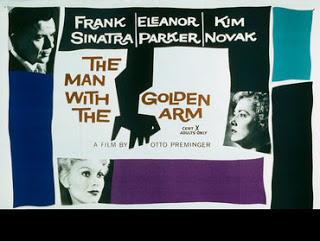 8 p.m. (5 p.m.): “The Man with the Golden Arm” (1955, Otto Preminger). As a man struggling to give up his heroin habit, Frank Sinatra leads a superb cast in this riveting adaptation of Nelson Algren’s novel. Kim Novak plays his ex-girlfriend. Sinatra earned a Best Actor Oscar nom; the film’s music (by Elmer Bernstein) and art direction-set decoration also were considered for Oscars.
8 p.m. (5 p.m.): “The Man with the Golden Arm” (1955, Otto Preminger). As a man struggling to give up his heroin habit, Frank Sinatra leads a superb cast in this riveting adaptation of Nelson Algren’s novel. Kim Novak plays his ex-girlfriend. Sinatra earned a Best Actor Oscar nom; the film’s music (by Elmer Bernstein) and art direction-set decoration also were considered for Oscars.
12:30 a.m. (9:30 p.m.): “Lolita” (1962, Stanley Kubrick).
Tuesday, Nov. 13
5 p.m. (2 p.m.): “Anatomy of a Murder” (1959, Otto Preminger).
Wednesday, Nov. 14
6:15 p.m. (3:15 p.m.): “Born to Kill” (1947, Robert Wise).
10 p.m. (7 p.m.): “The Big Sleep” (1946, Howard Hawks).
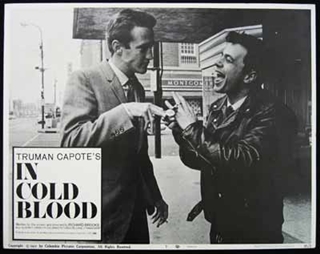 2 a.m. (11 p.m.): “In Cold Blood” (1967, Richard Brooks). From Truman Capote’s legendary true-crime novel: the shattering chronicle of killers Perry Smith and Dick Hickok (Robert Blake and Scott Wilson), the Kansas family they destroyed, and the deadly destiny they shared. With John Forsythe, Charles McGraw and evocative black-and-white cinematography by Conrad Hall.
2 a.m. (11 p.m.): “In Cold Blood” (1967, Richard Brooks). From Truman Capote’s legendary true-crime novel: the shattering chronicle of killers Perry Smith and Dick Hickok (Robert Blake and Scott Wilson), the Kansas family they destroyed, and the deadly destiny they shared. With John Forsythe, Charles McGraw and evocative black-and-white cinematography by Conrad Hall.
4:30 a.m. (1:30 a.m.): “Kiss Me Deadly” (1955, Robert Aldrich).
Thursday, Nov. 15
10 a.m. (7 a.m.): “The Mask of Dimitrios” (1944, Jean Negulesco). An engrossing thriller based on Eric Ambler’s classic novel of intrigue, espionage and crime, “A Coffin for Dimitrios.” With Zachary Scott, Peter Lorre, Sydney Greenstreet and Faye Emerson.
4 p.m. (1 p.m.): “A Kiss Before Dying” (1956, Gerd Oswald). A charming psychopath (Robert Wagner) preys on two sisters (Joanne Woodward, Virginia Leith) in this tense adaptation of the novel by Ira Levin (“Rosemary’s Baby”). With Jeffrey Hunter and Mary Astor; directed by Gerd Oswald (“The Outer Limits”).
6 p.m. (3 p.m.) “Strangers on a Train” (1951, Alfred Hitchcock).
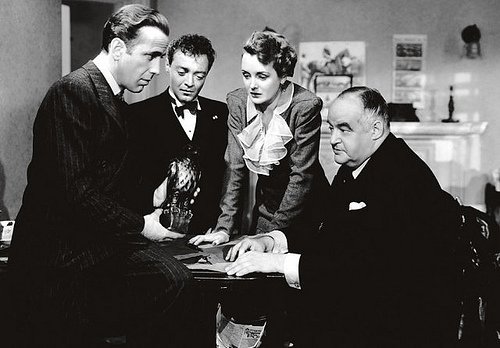





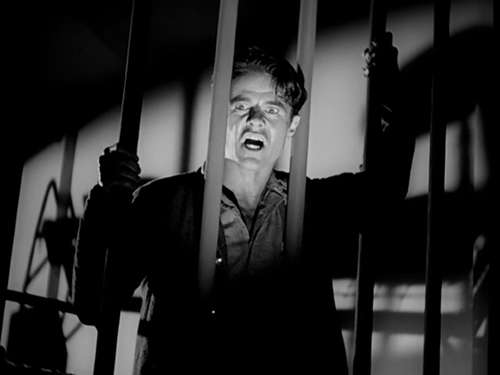
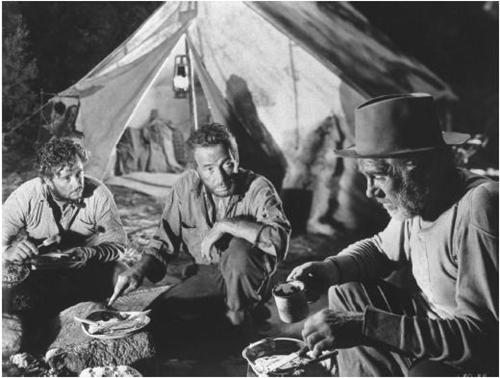
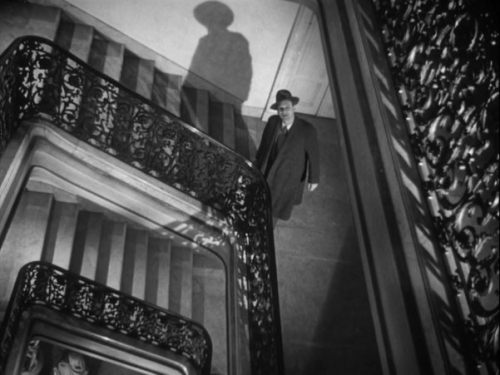
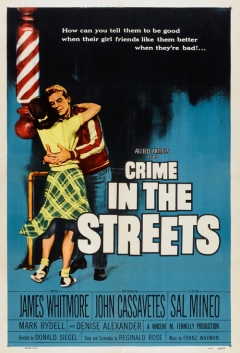
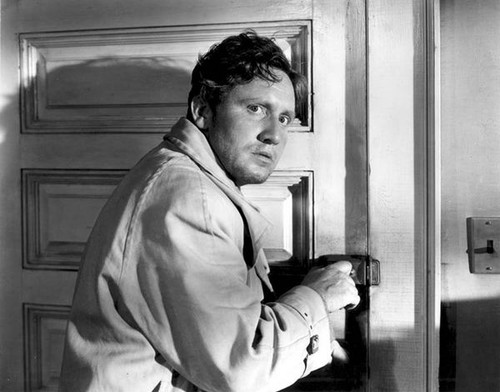
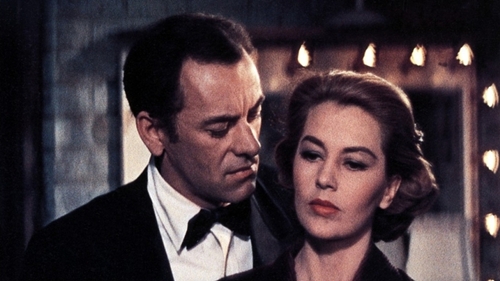
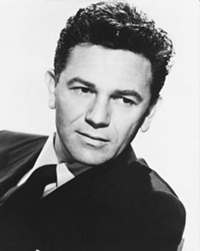
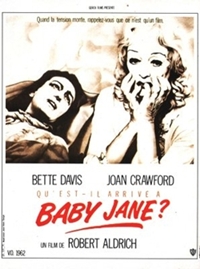
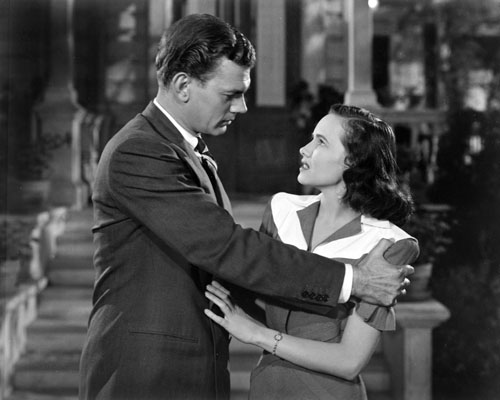
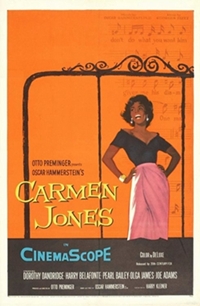
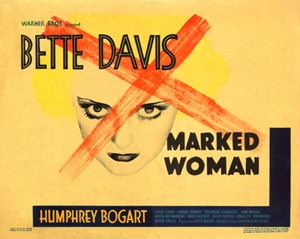
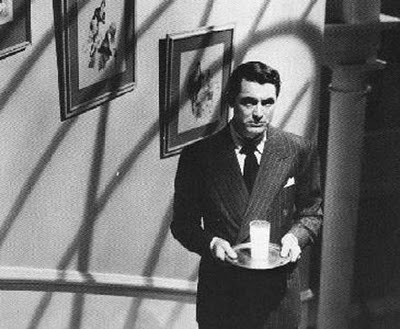
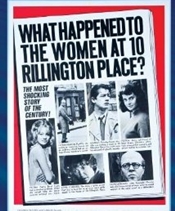
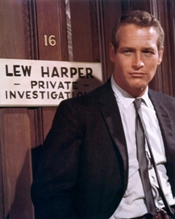
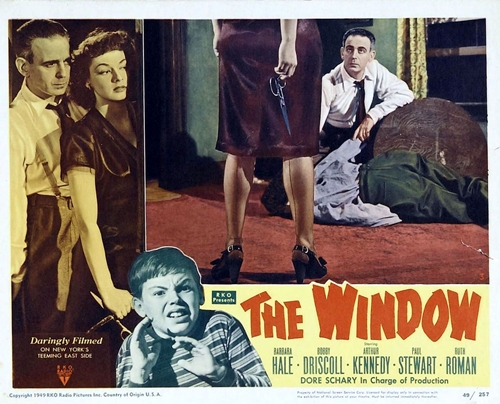
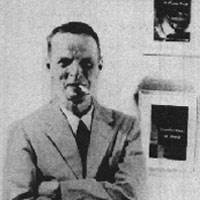
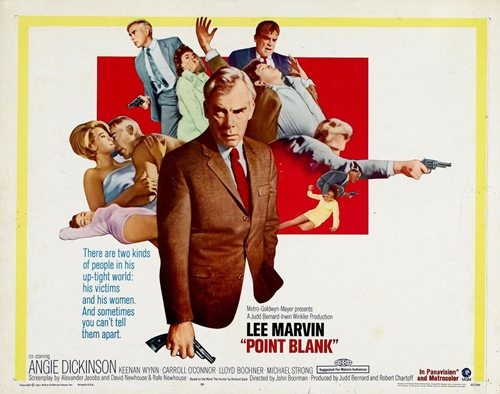
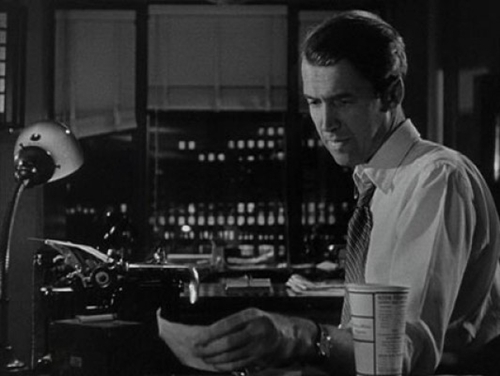
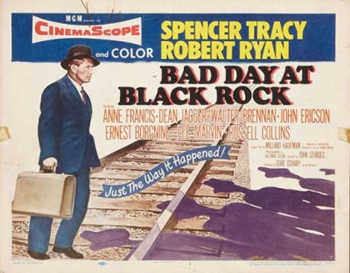
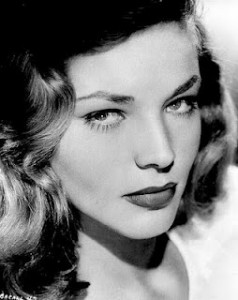

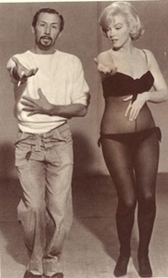
![bogie and bacall[1]](http://www.filmnoirblonde.com/wp-content/uploads/2012/08/bogie-and-bacall1.jpg)
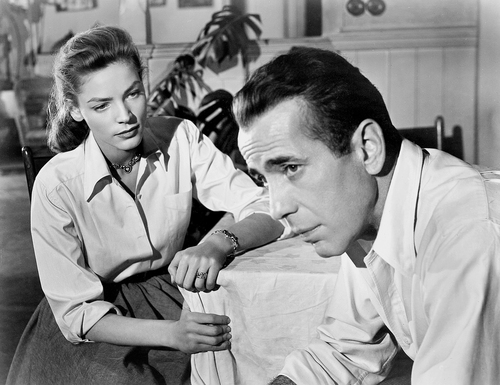
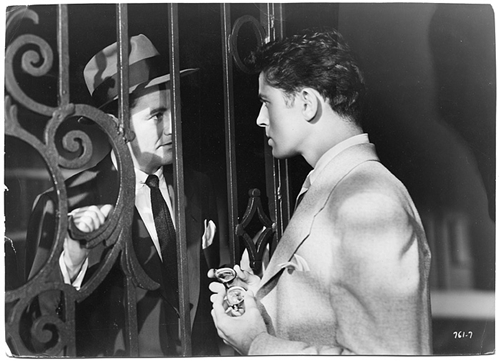





From FNB readers